The Vibrant and Cultural Xhosa Dresses: A Celebration of Tradition
The Vibrant and Cultural Xhosa Dresses: A Celebration of Tradition
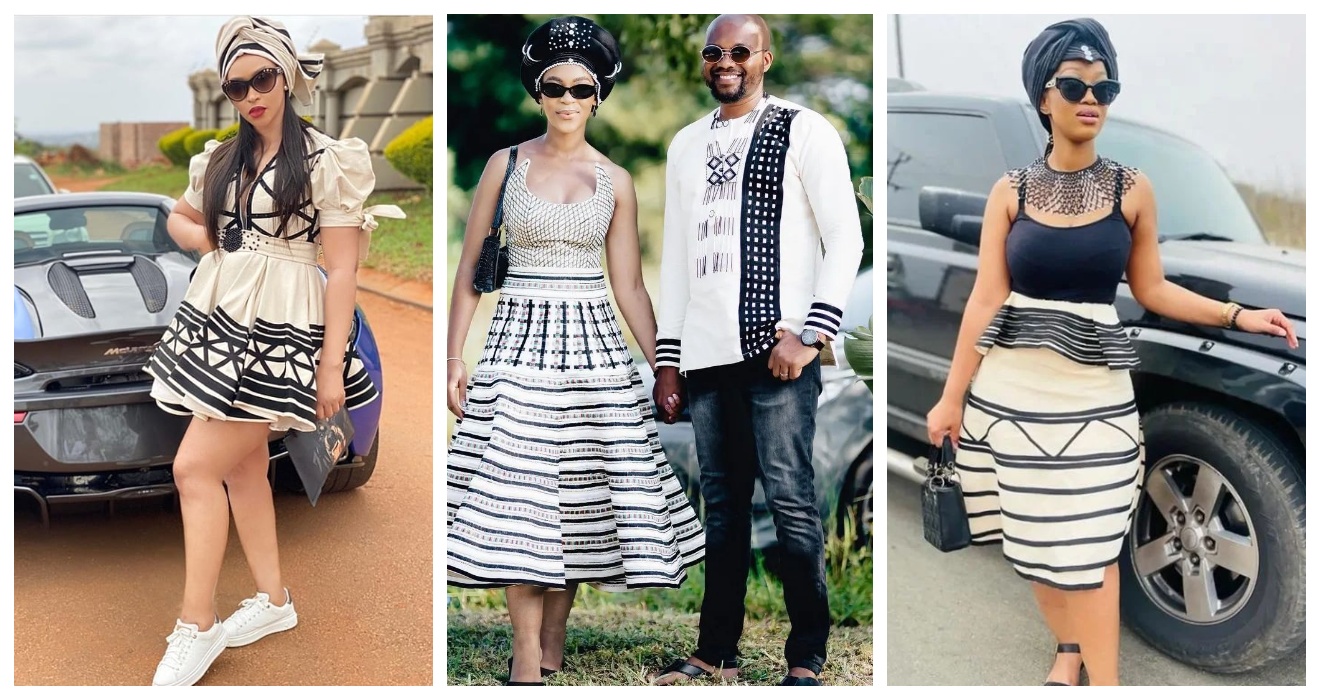
Blog Section:
The Vibrant and Cultural Xhosa Dresses: A Celebration of Tradition
History and Significance
The Xhosa people of South Africa have a rich cultural heritage that includes their vibrant and eye-catching traditional dresses. These dresses play a significant role in their culture and are worn during important ceremonies and celebrations.
The Origin of Xhosa Dresses
The history of Xhosa dresses dates back many centuries. Traditional Xhosa dresses are inspired by the clothing worn by their ancestors and have evolved over time. Today, Xhosa women proudly wear these dresses as a way to preserve their culture and showcase their identity.
The Symbolism in Xhosa Dress Designs
Xhosa dresses are known for their intricate designs and vibrant colors. Each design carries its own symbolism, representing different aspects of Xhosa culture. For example, the use of geometric shapes and patterns may symbolize the connection between humans and nature, while specific colors may represent specific emotions or values.
These dresses are also a way for Xhosa women to express their individuality and creativity. Each dress is uniquely designed and tailored to reflect the wearer’s personal style and taste.
Overall, Xhosa dresses are more than just garments. They are a celebration of tradition, identity, and cultural pride. They serve as a visual depiction of the rich history and heritage of the Xhosa people and continue to be an integral part of their cultural celebrations and ceremonies.
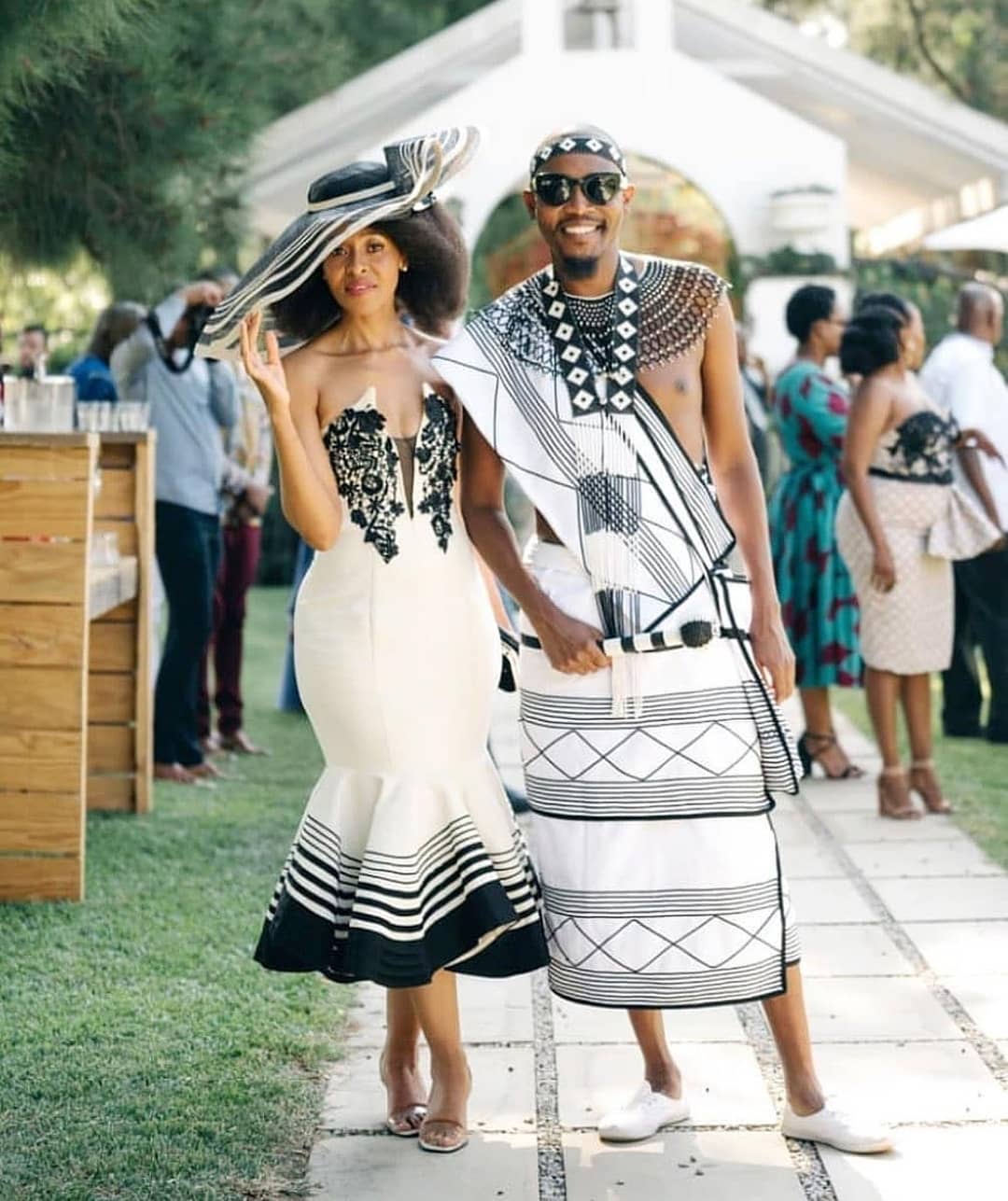
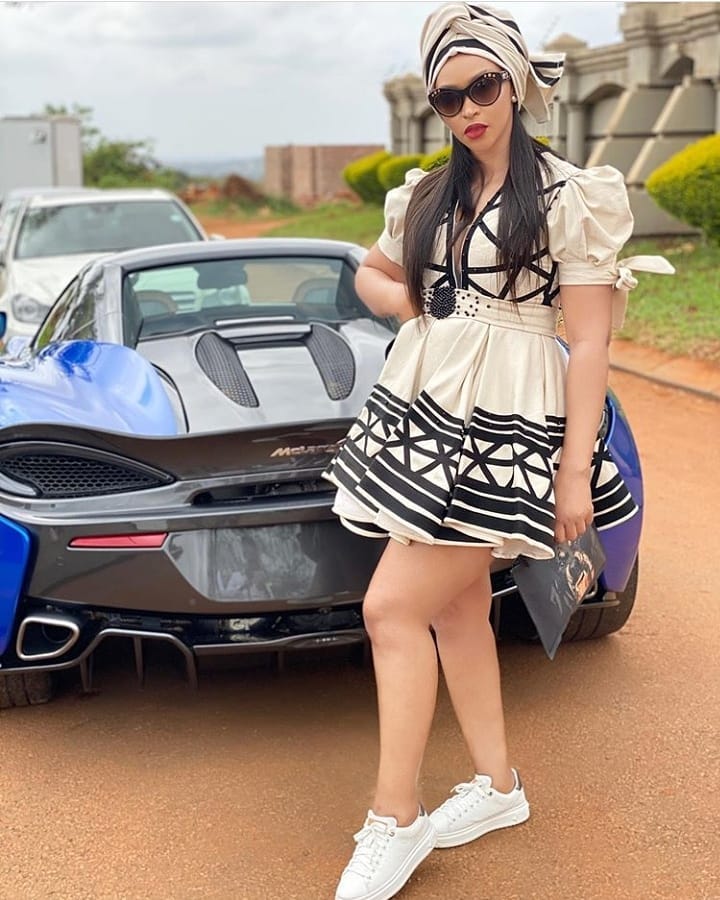
Traditional Xhosa Dress Styles
The Classic Xhosa Dress and Its Distinctive Features
The Xhosa people of South Africa have a rich and vibrant cultural heritage, and their traditional clothing reflects this beautifully. The classic Xhosa dress is known for its colorful and eye-catching designs. It typically consists of a long, flowing skirt made from brightly colored fabric, paired with a matching top. The tops are often decorated with intricate beadwork and embroidery, showcasing the craftsmanship and artistry of the Xhosa people. The dresses are traditionally worn for special occasions and celebrations, such as weddings and festivals. They are not only a symbol of cultural pride but also a way to express individual style and identity within the Xhosa community.
The Evolution of Modern Xhosa Dresses
While the classic Xhosa dress continues to be cherished and worn today, there has also been an evolution of modern Xhosa dresses. These dresses combine traditional elements with contemporary fashion trends, resulting in stunning and unique designs. Some modern Xhosa dresses feature bolder colors, innovative patterns, and unconventional silhouettes. They are often worn by young Xhosa women who want to embrace their heritage while making a fashion statement. The modernization of Xhosa dresses has allowed the culture to evolve and adapt to modern times while still honoring its traditional roots. It is a celebration of tradition and creativity, showcasing the beauty and diversity of Xhosa fashion.
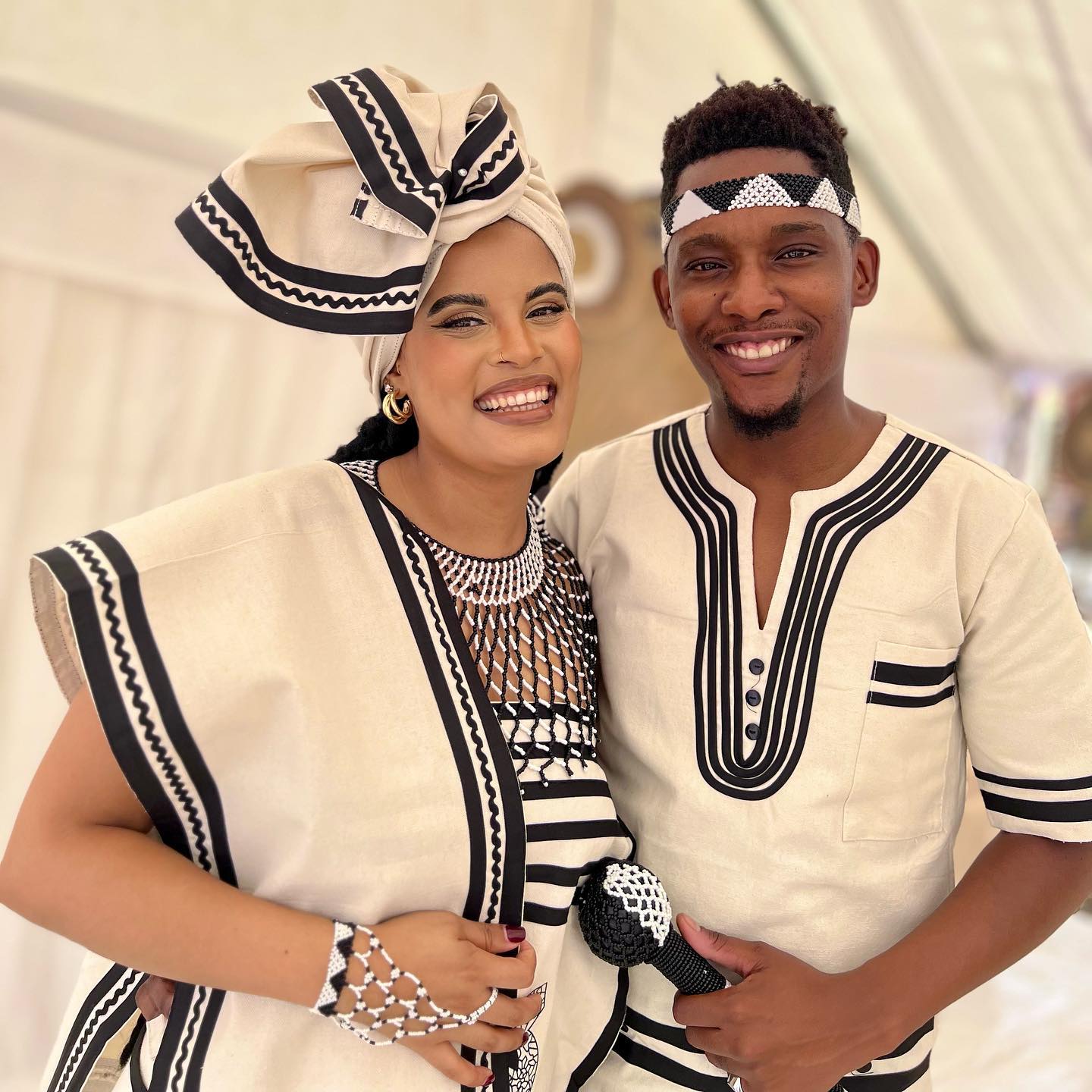
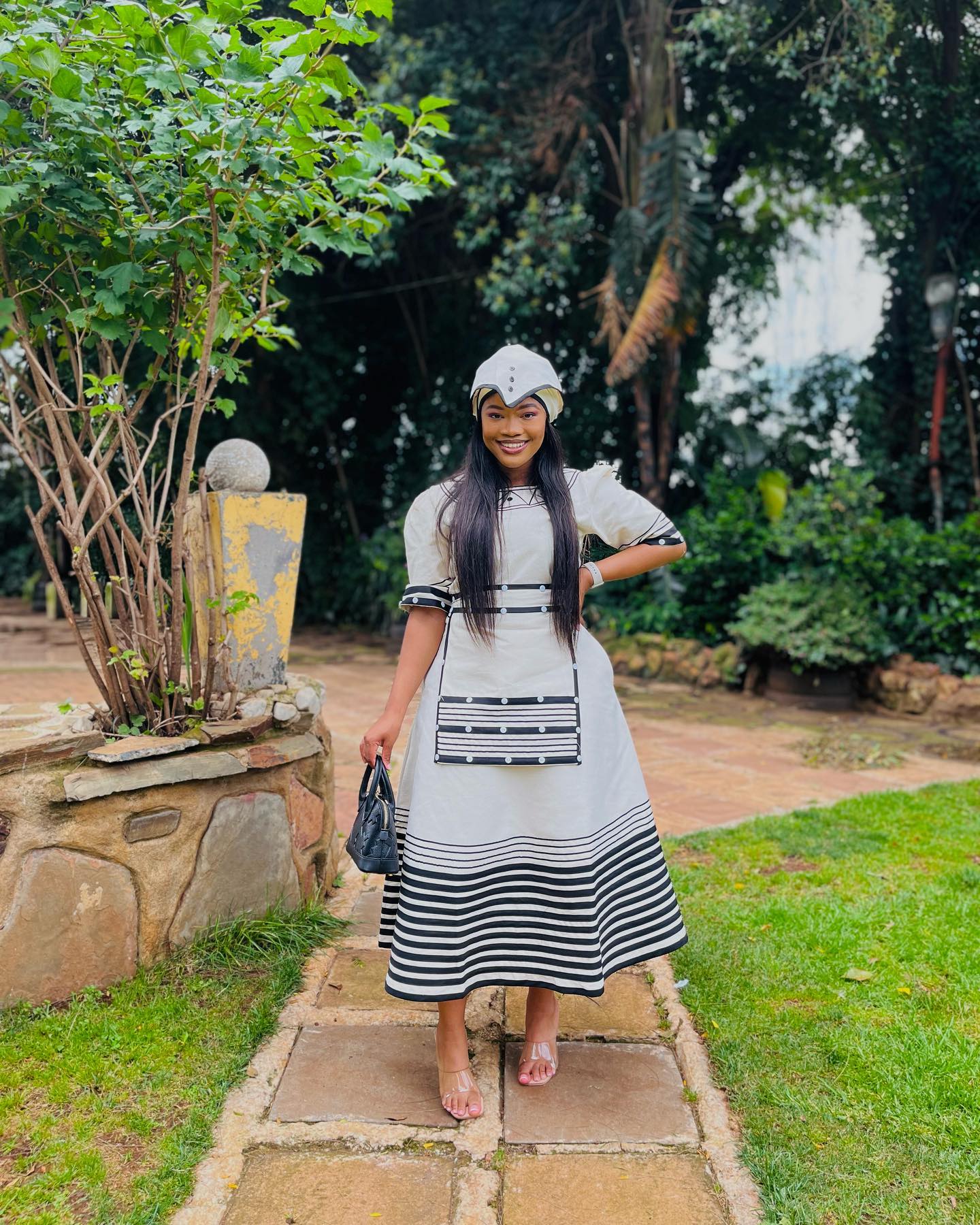
Colors and Patterns in Xhosa Dresses
The Meaning Behind Xhosa Dress Colors
The vibrant and cultural Xhosa dresses are a beautiful celebration of tradition. The colors used in these dresses hold special meanings for the Xhosa people. Each color represents something unique and significant. For example, blue symbolizes purity, green represents fertility and growth, while red signifies love and passion. These colors are carefully chosen and incorporated into the dresses to convey messages and express cultural values and beliefs.
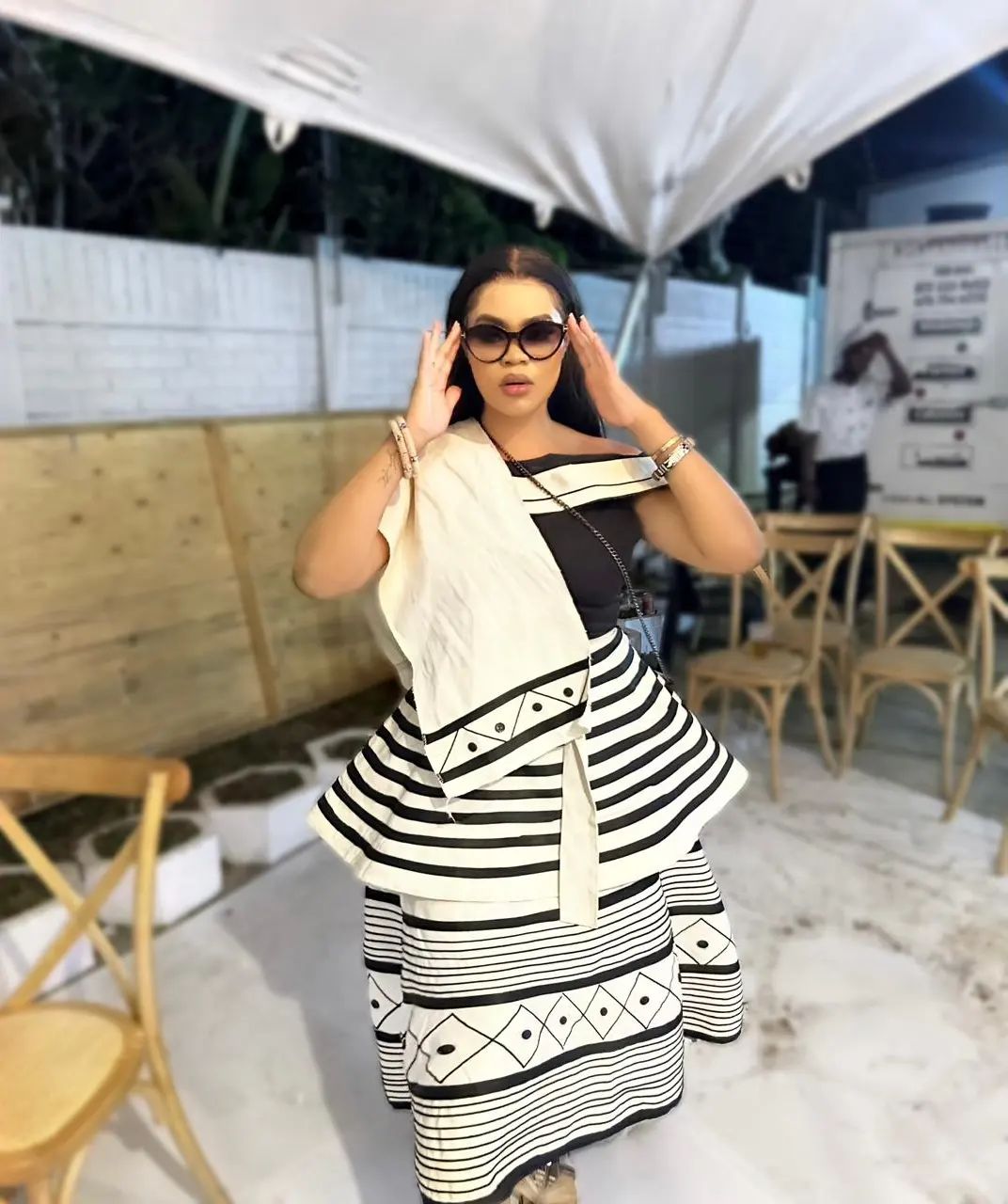
The Traditional Patterns Used in Xhosa Dresses
Patterns play a crucial role in Xhosa dresses and are often used to showcase the rich heritage of the Xhosa culture. Each pattern has a specific meaning and is created with meticulous craftsmanship. Common patterns include geometric shapes, zigzags, and diamond motifs. These patterns not only add beauty to the dresses but also tell stories about the history, spirituality, and identity of the Xhosa people. The combination of vibrant colors and intricate patterns makes Xhosa dresses truly unique and visually stunning. They are not only a fashion statement but also a reflection of the Xhosa culture and its deep roots in tradition.
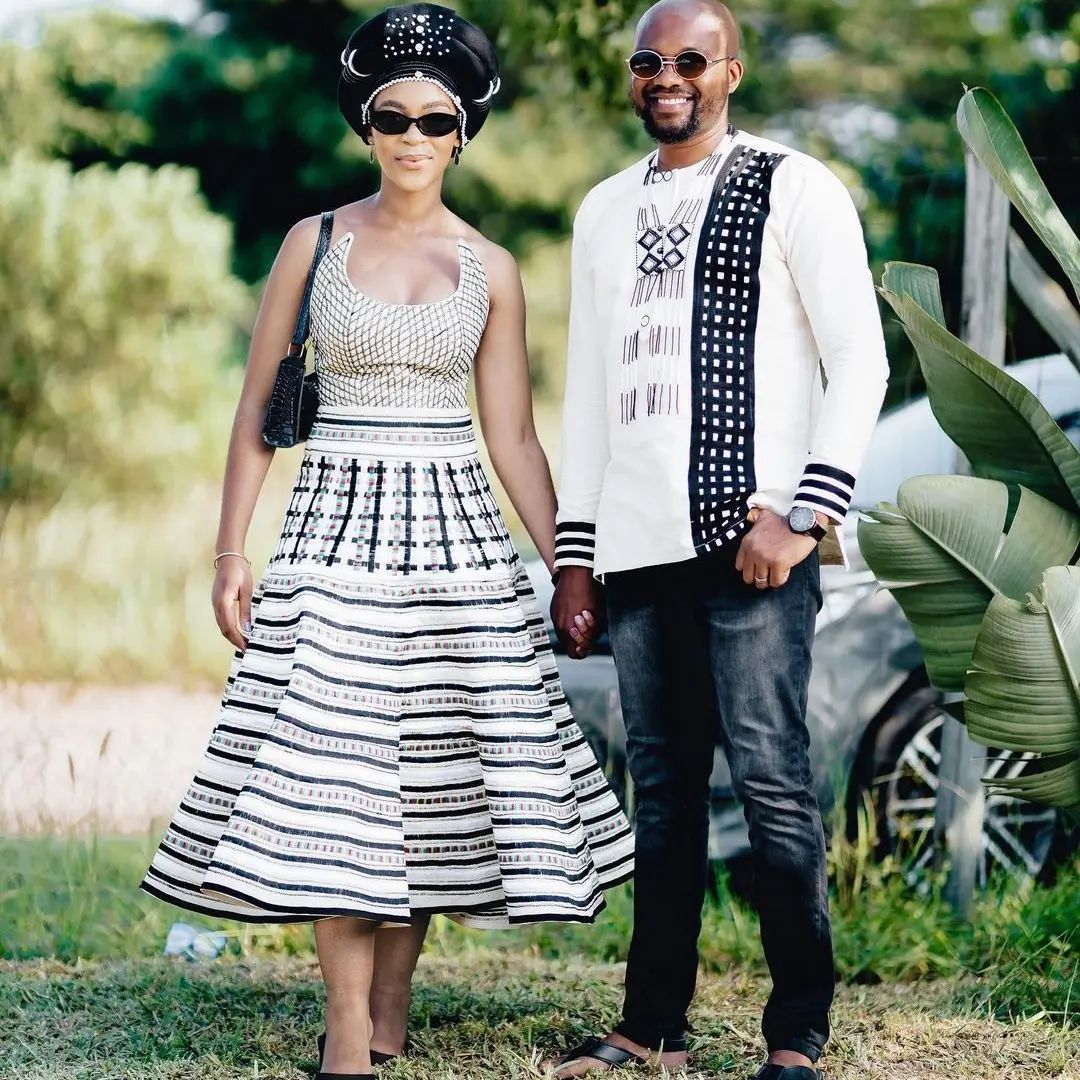
Accessorizing with Xhosa Dresses
The Importance of Accessories in Xhosa Dress Culture
Xhosa dresses are more than just clothing; they are a celebration of tradition and culture. One essential aspect of Xhosa dress culture is the use of accessories. Accessories play a significant role in completing the overall look and enhancing the beauty of the dresses.
In Xhosa culture, accessories hold deep meaning and symbolize different aspects of life, such as spirituality, marital status, and social standing. They also serve as a way to express individuality and personal style. By carefully choosing and wearing appropriate accessories, individuals can showcase their connection to their heritage and pay homage to their ancestors.
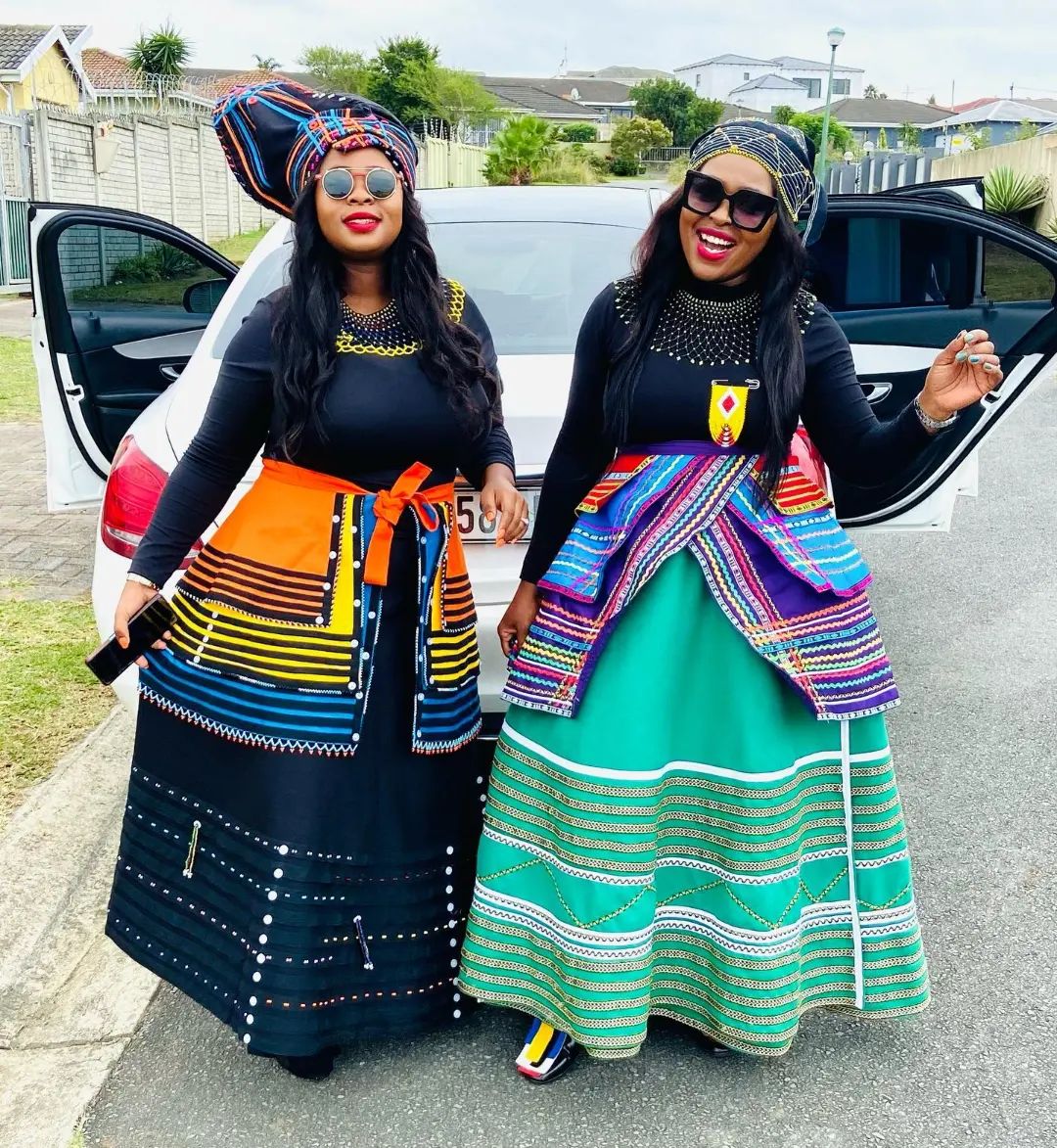

Popular Accessories to Complement Xhosa Dresses
When it comes to accessorizing Xhosa dresses, there are several popular choices that can perfectly complement the attire. These include:
- Isicholo: This is a traditional Xhosa hat made from grass and adorned with beads and feathers. Isicholo is often worn by married women and symbolizes respect and dignity.
- Imbadada: These are beaded necklaces that come in various sizes, shapes, and colors. They are worn by both men and women and are believed to bring good fortune and protection.
- Umrhamba: This is a beautifully crafted staff that is traditionally carried by Xhosa men during ceremonial occasions. It represents authority, leadership, and strength.
- Ibhayi: This is a beaded apron worn by Xhosa women. It is intricately designed with colorful beads and can be a symbol of marital status or a decorative accessory.
By accessorizing with these traditional elements, individuals can add an extra touch of elegance and cultural significance to their Xhosa dresses, creating a truly vibrant and meaningful ensemble.
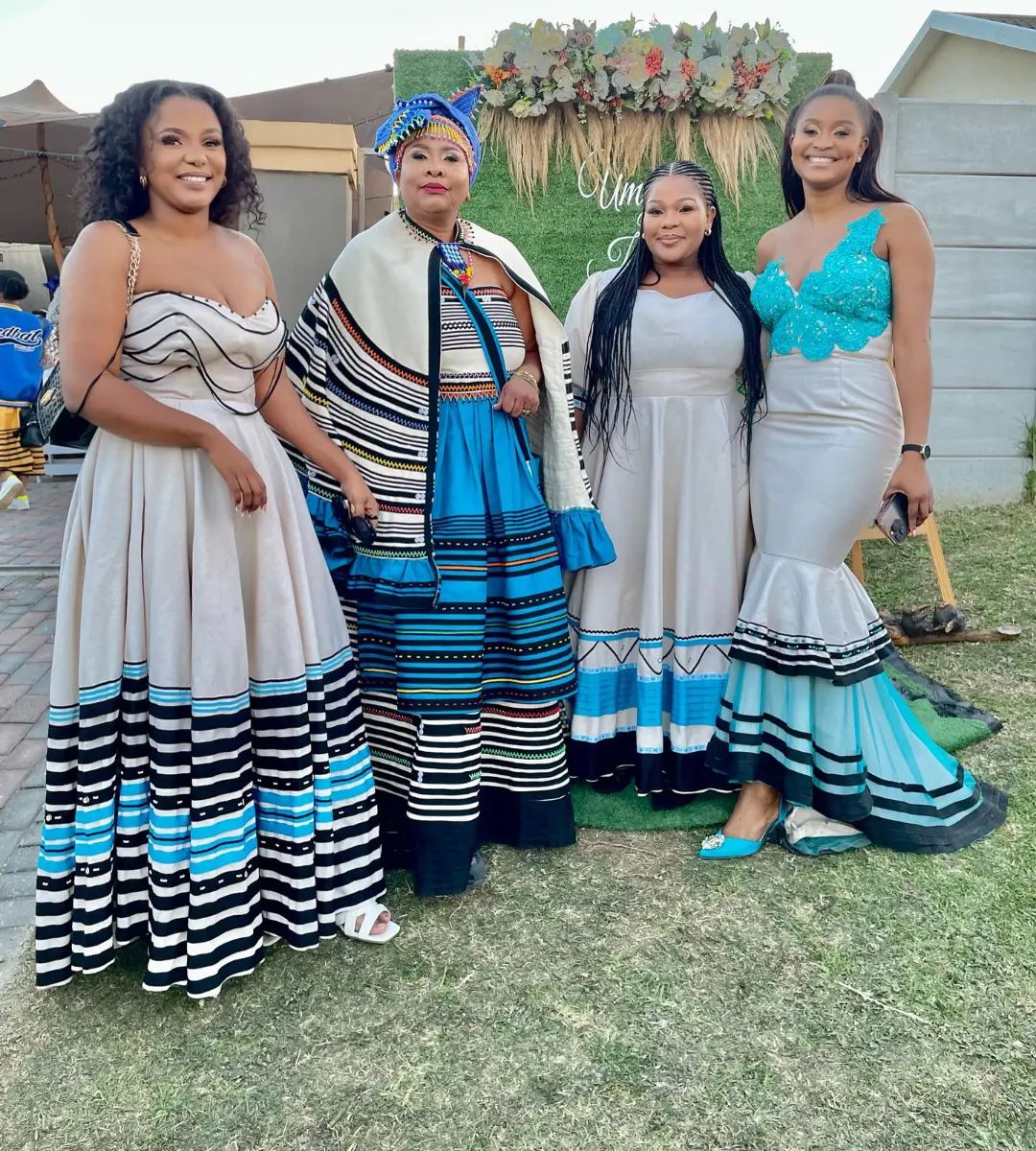
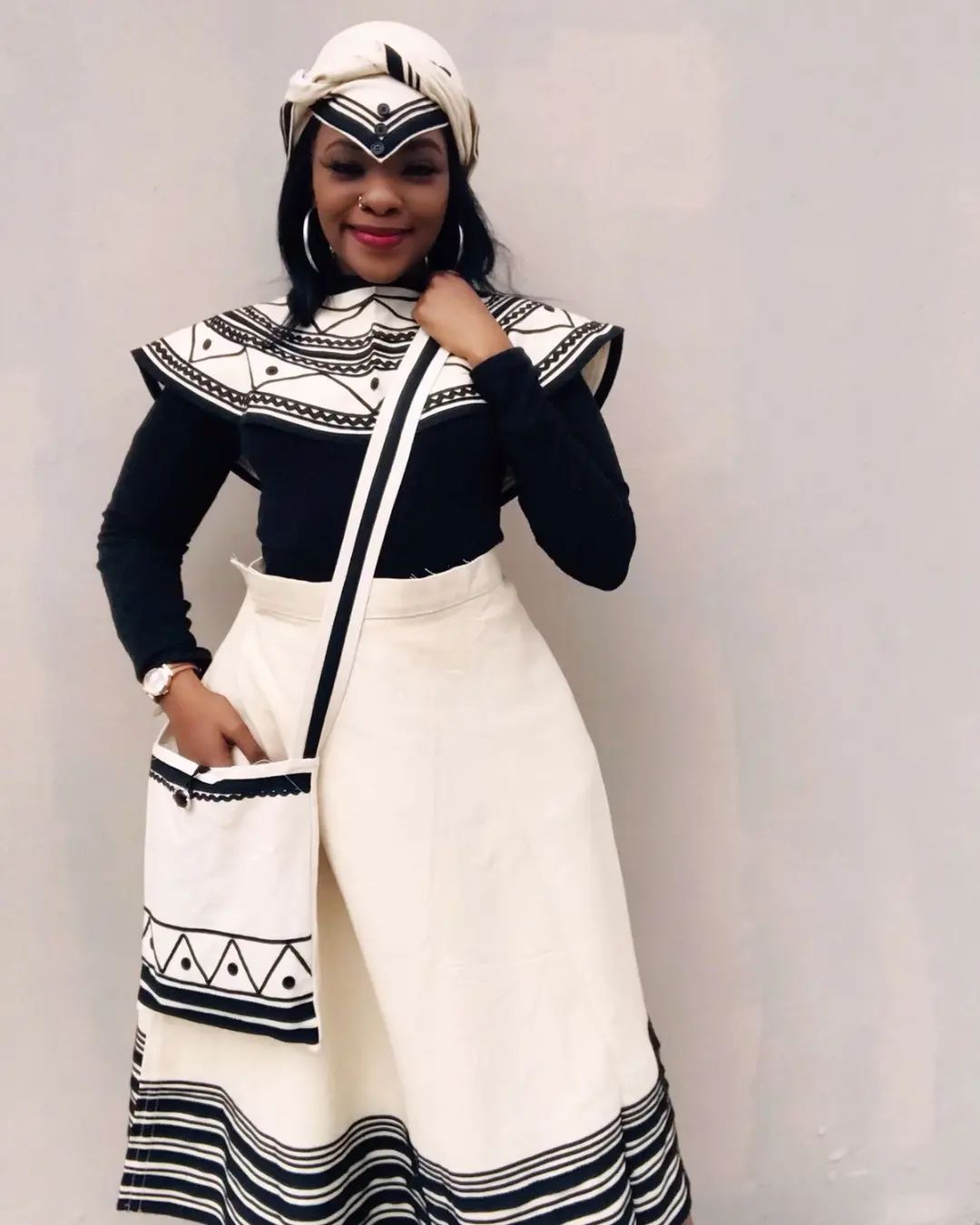
Celebrations and Festivals
The Xhosa people of South Africa have a rich cultural heritage that is celebrated through various festivals and ceremonies. One of the prominent aspects of these celebrations is the vibrant and beautiful Xhosa dresses worn by men and women.
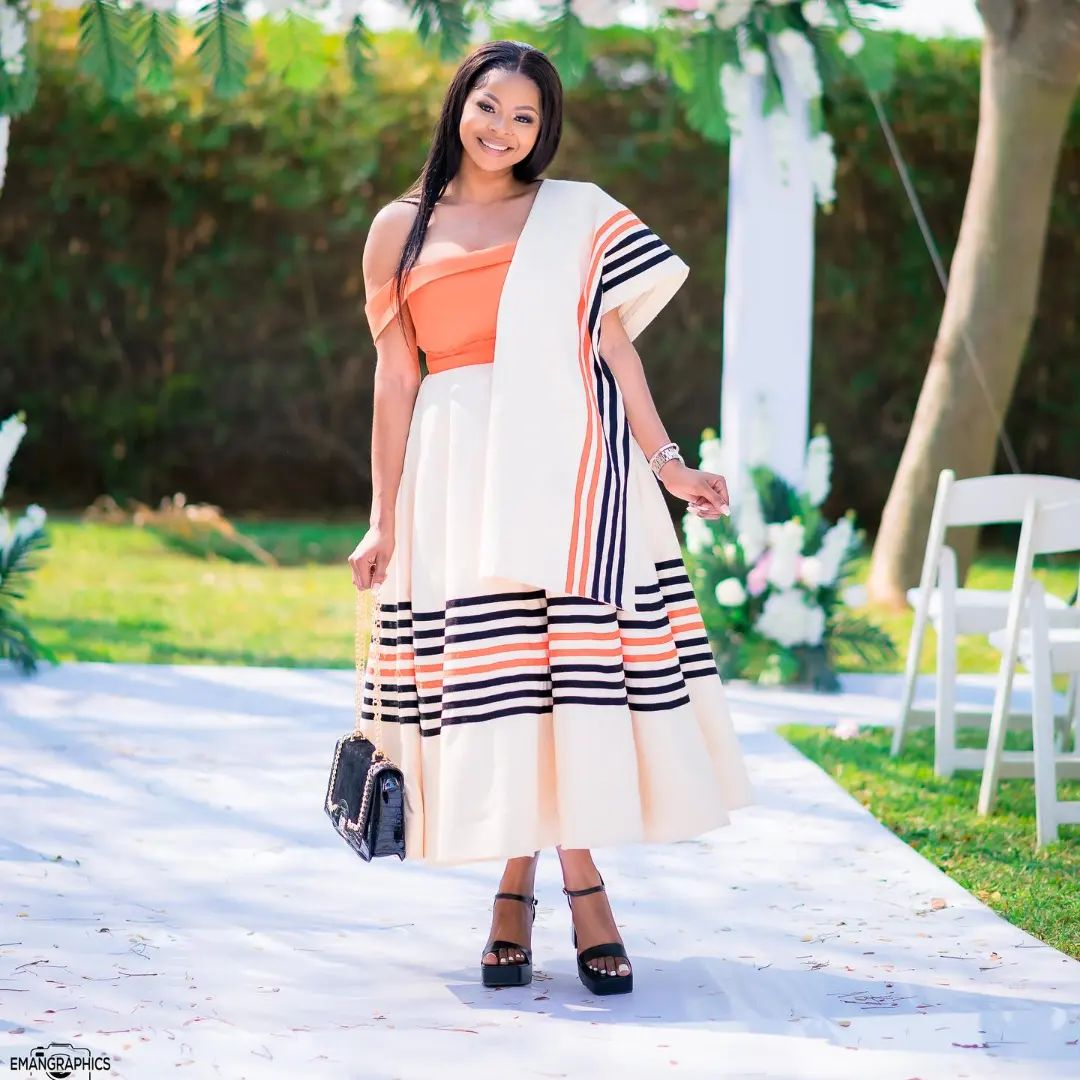
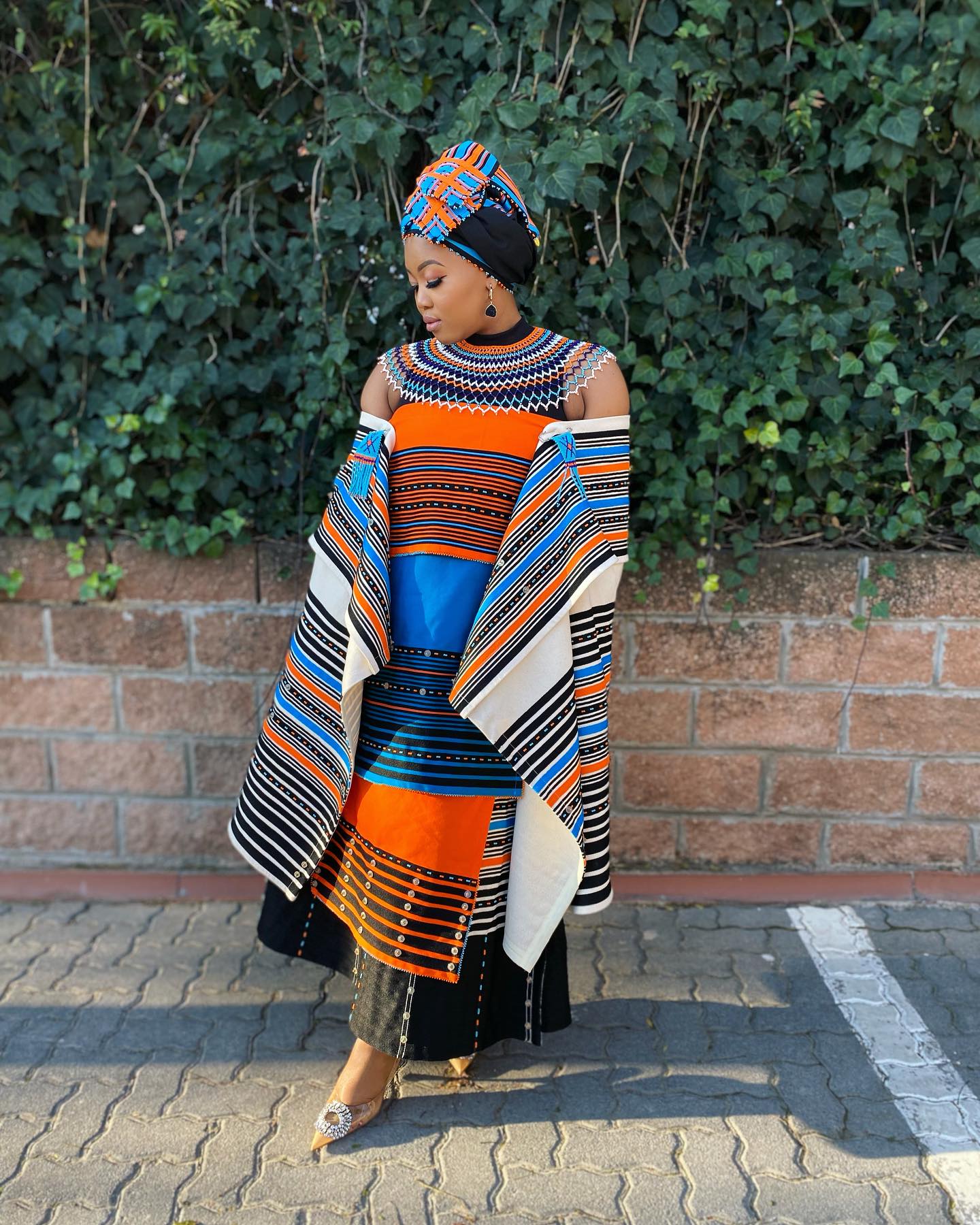
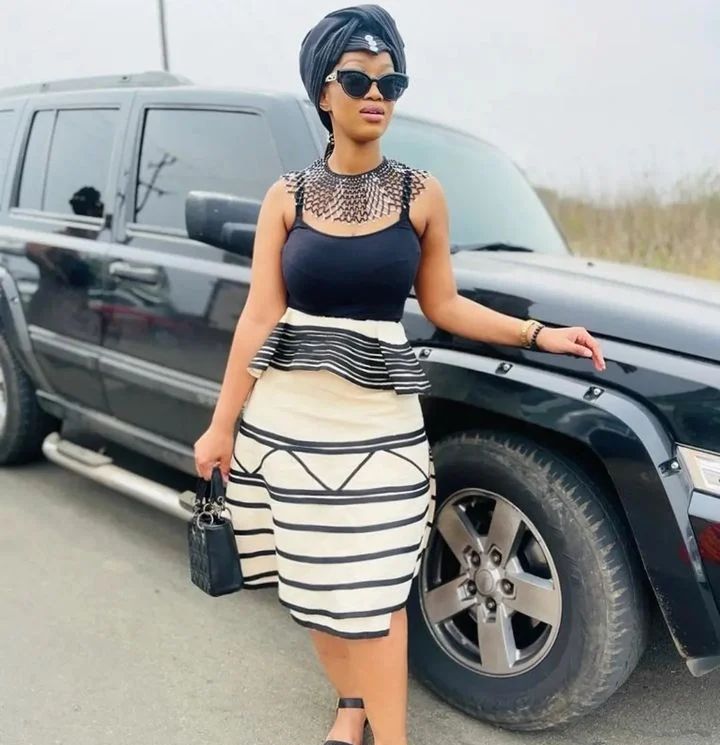
Xhosa Dresses in Traditional Ceremonies
During traditional ceremonies such as weddings, initiation ceremonies, and coming-of-age celebrations, Xhosa dresses play a significant role in showcasing the cultural identity and traditions of the Xhosa people. These dresses are known for their bold and colorful patterns, intricate beadwork, and meticulous attention to detail.
Women wear stunning dresses called “isikhakha” or “ibhayi,” which consist of a skirt and a matching top. These dresses are often made from traditional Xhosa fabrics such as shweshwe and adorned with intricate beadwork. The colors and patterns of the dresses can vary depending on the specific occasion and personal preference. The Xhosa dresses not only reflect the cultural significance but also serve as a form of artistic expression.
Men also participate in these festivities by wearing traditional Xhosa attire, including a skirt-like garment called “ixhiba” or “imbadada.” This garment is paired with a matching shirt and headpiece. The colors and patterns of the men’s attire also hold cultural meaning and represent their role within the community.
Overall, the vibrant and cultural Xhosa dresses are a celebration of tradition, unity, and pride. They serve as a visual representation of the Xhosa people’s rich cultural heritage and continue to be an integral part of their festivities and ceremonies.
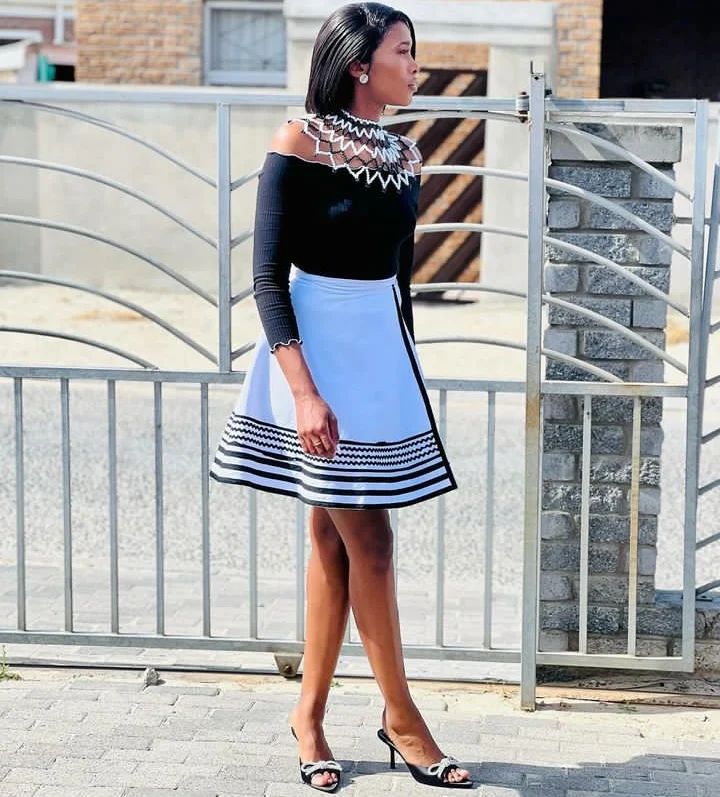
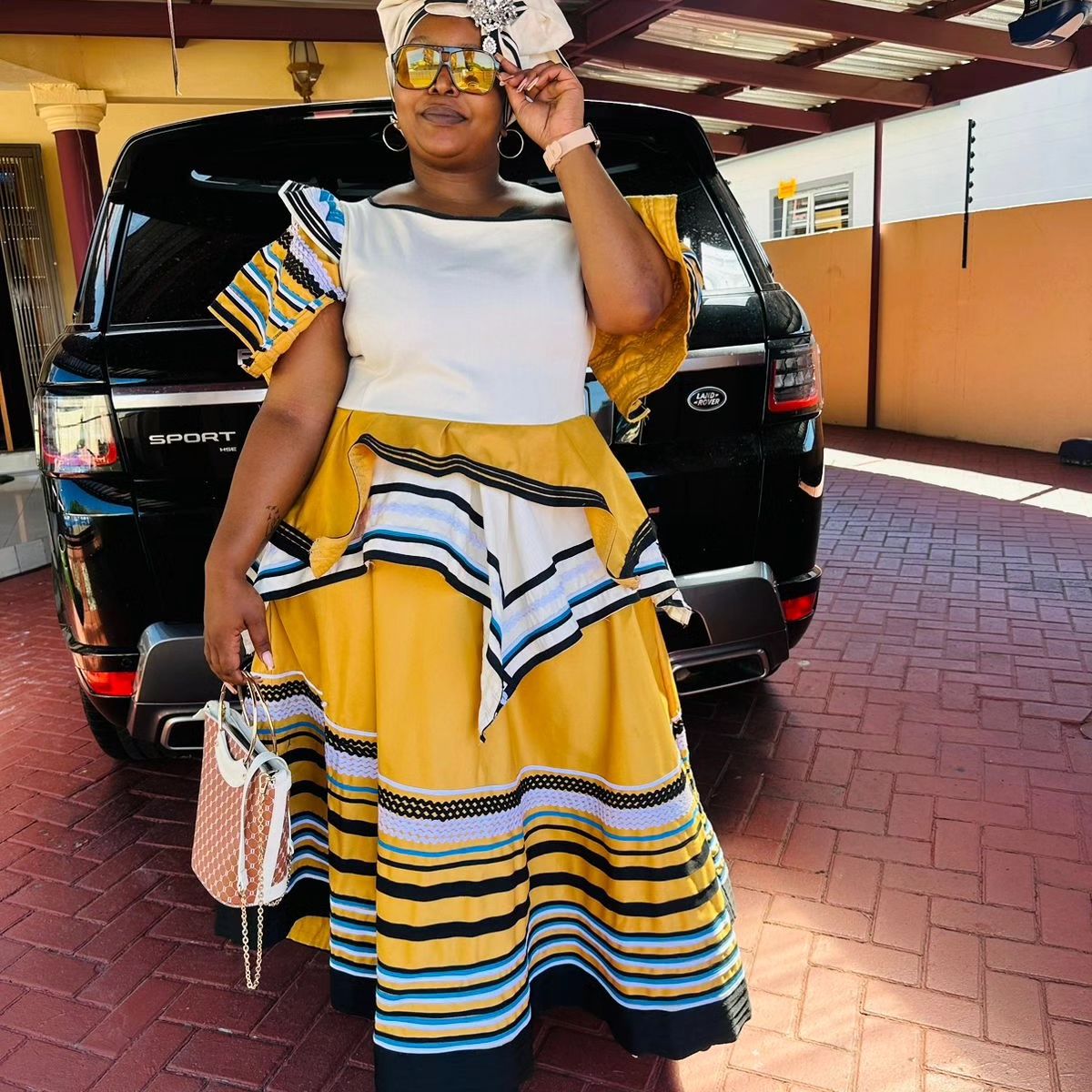

Comments are closed.